How to get more views on YouTube
Want to know how to get more views on YouTube? We explore some tips to help Improve your presence on the platform
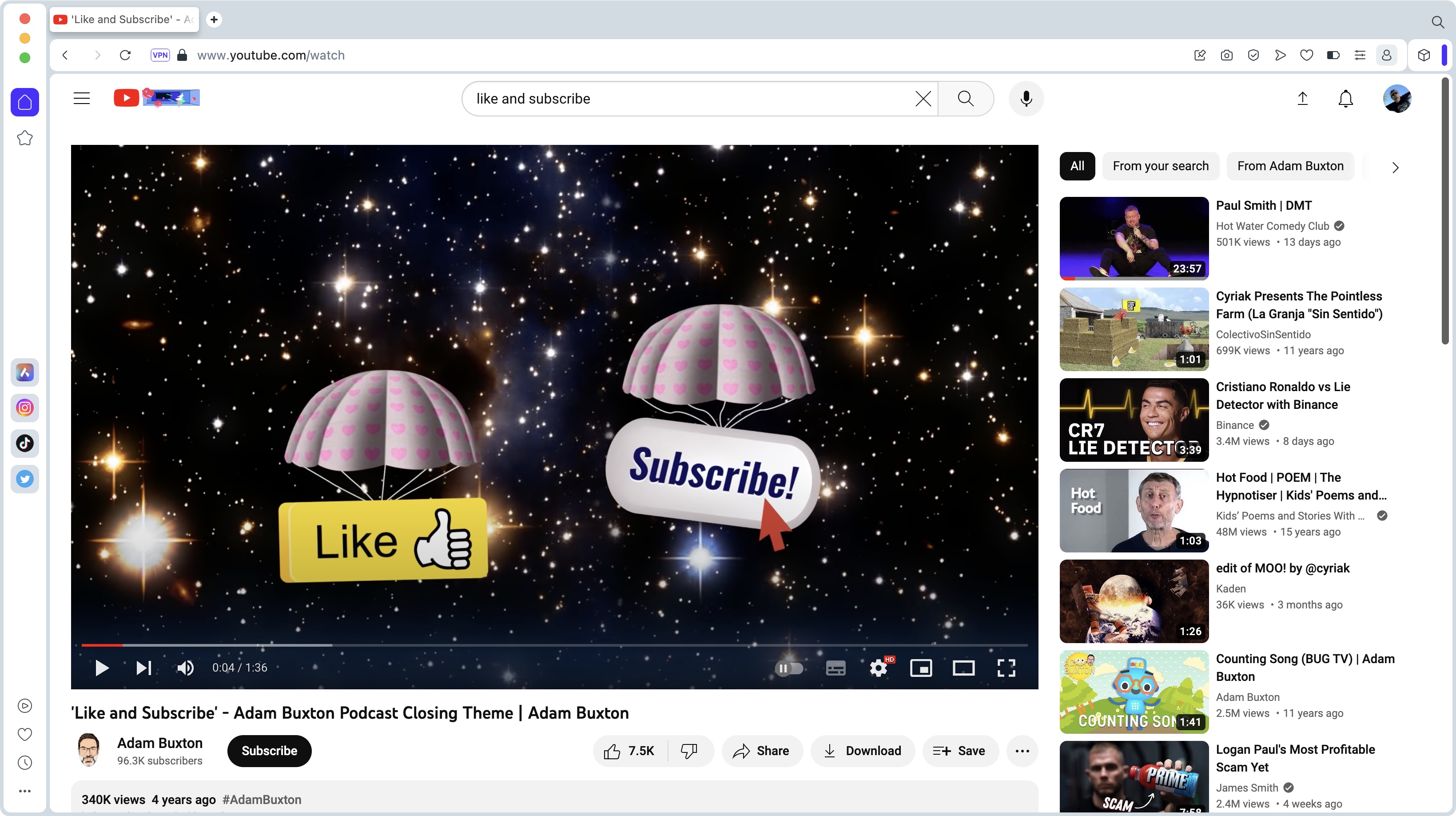
So, you want to know how to get more views on YouTube? If only we had a magic wand, so we could make your videos suddenly more appealing to the mighty YouTube Algorithm (all praise to the algorithm), then the solution would be so simple.
Sadly, having to guess how an AI might think from one day to the next is the struggle for far too many YouTube creators. And even more sadly, no one really has an all-encompassing answer that will unlock the secrets behind the algorithm’s puzzling motives.
There’s no easy answer to this. When you’re competing on the platform, it’ll take more than the best video editing software and a spark and creativity to cut through. But we’ve got a few tips and tricks for getting more views on YouTube, to help you break through, and find your audience. So, crack open your YouTube channel, and let’s see what we can do for you.
How to get more views on YouTube: Basic steps
What to do
- Know your audience
- Go for the emotion
- Collaborate
What you'll need
- An internet connection
- A YouTube channel
- Any of the best video editing apps or software
Step 1: Pique the interest
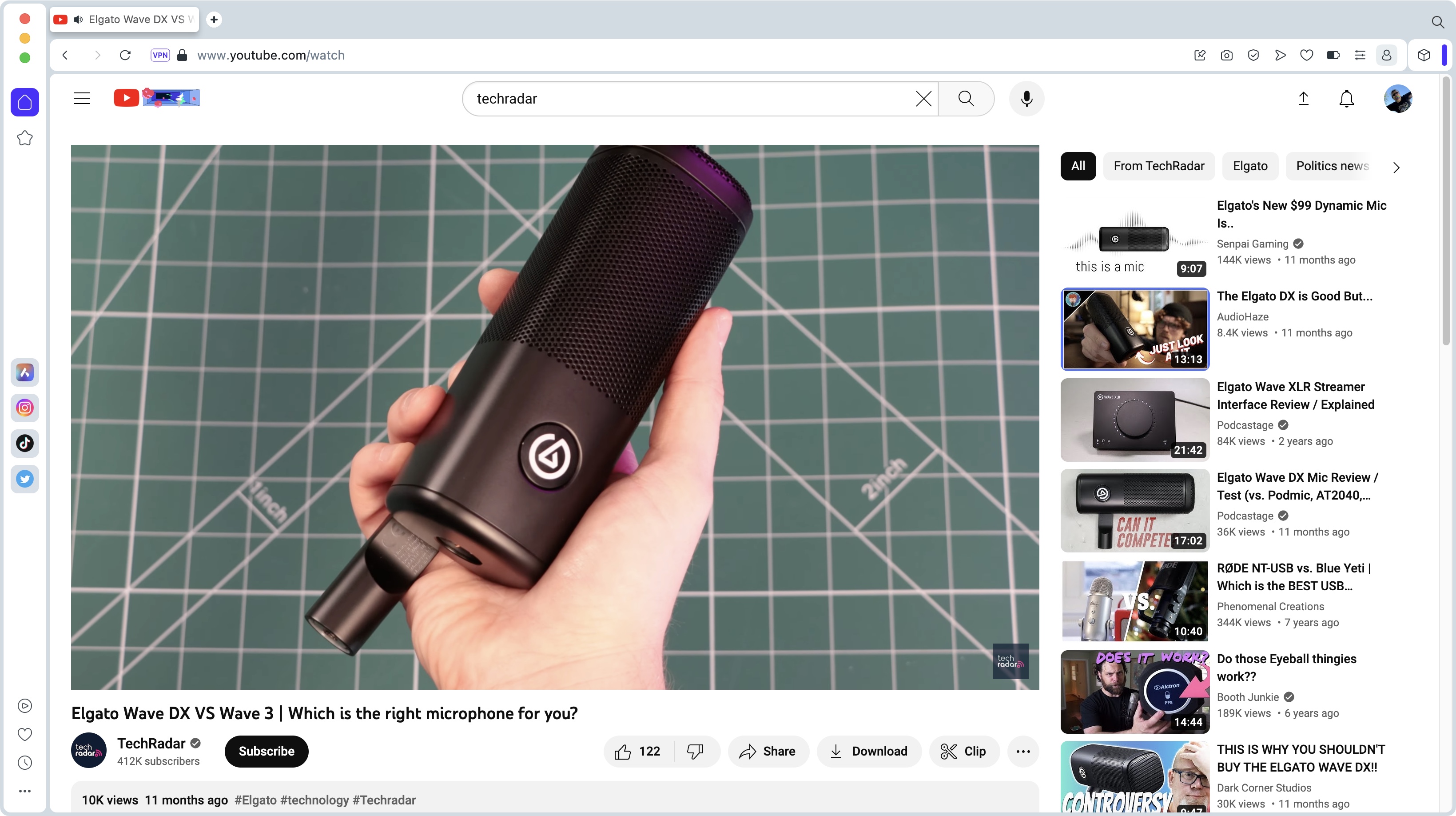
Let’s face it, with an average of 3.7 million videos being uploaded to YouTube every single day, you have what could be seen as an insurmountable hurdle to get yours seen and appreciated. So make sure you make it as interesting as possible, like hooking the viewers in with a short, fun, punchy intro that makes them want to watch more, and retain that interest with a captivating story so they don’t get bored and click off halfway through your film - viewer retention is a tricky one when it’s so easy to go watch something else at any time.
If you will be fronting your video, make sure you actually look at the camera (not slightly to the side, so do consider investing in a proper teleprompter if you plan on reading a script). This creates a more intimate sense that you’re talking directly to your viewers
When they do get to the ending, don’t do a traditional outro you’ve likely seen yourself a million times before. Consider the outro not as an end, but as a way to entice your audience to want more - and hopefully go and check out your other videos.
Step 2: Consistent scheduling
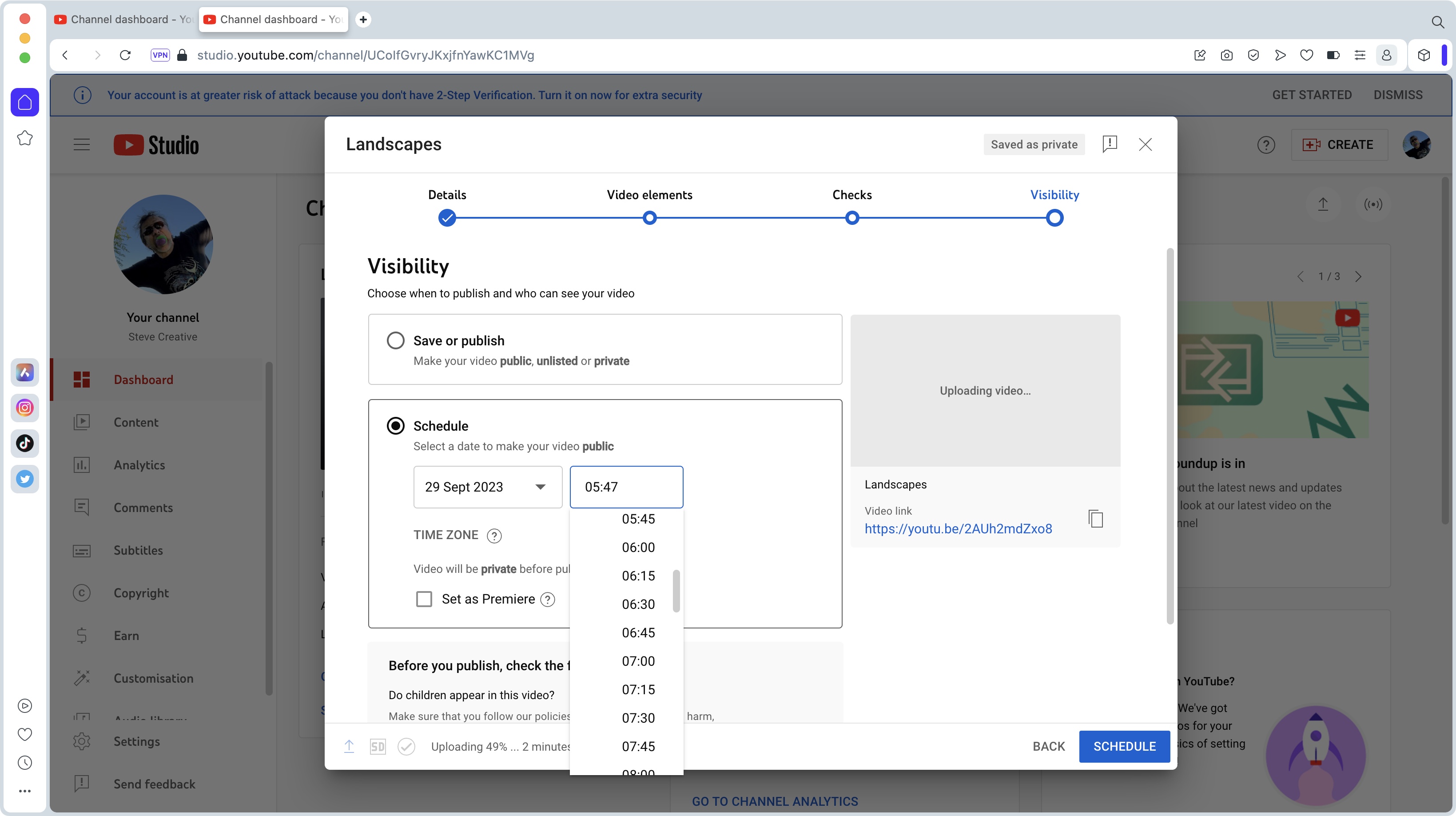
It’s quite important to be consistent. If not for the algorithm, then for your viewers. If you decide to publish every Saturday at 7pm, then they will expect a new video every Saturday at 7pm, not on Monday at 9am. That errand vid might easily get missed as it’s outside of what your fans have grown used to.
Sign up to the TechRadar Pro newsletter to get all the top news, opinion, features and guidance your business needs to succeed!
This is easily done thanks to YouTube’s scheduling feature. As you’re ready to publish your newly created video, check your options: you can release it as ‘private’, 'unlisted', or ‘public', or in our case, select the Schedule option. From there you get to set the date and time of your video’s release. By default you’re offered 15 minute increments, but you can actually type in any value you like in the fields provided. You can even set the date years in advance, although we very much doubt many will take advantage of that particular feature.
Step 3: Thumbnails & titles
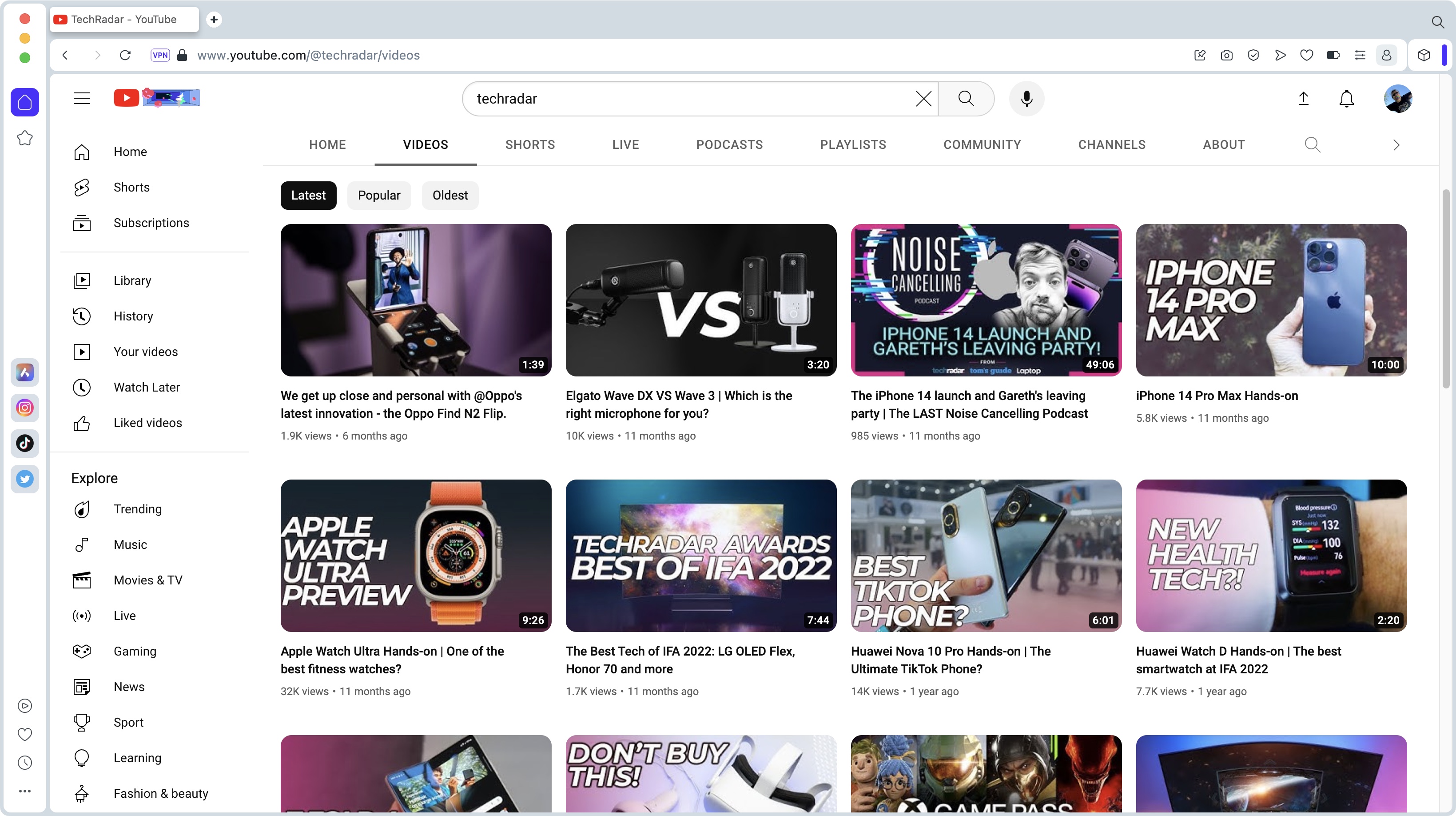
You’ve worked hard to create a video you’re proud of, and you’re about to send it out to the world to attract eager viewers… but how much have you thought about its thumbnail and title? Most people starting out don’t really think about it - they grab a frame from the video, add a title to it, probably reuse that same wording as for the title itself, and call it a day.
Yet this is the very first thing that potential viewers will see. Think about when you yourself browse through YouTube. What catches your eye and why? Like it or not, we all judge a book by its cover - especially when there’s an abundance of choice.
So what are you to do? Think of the basics. We are emotional creatures, so don’t just describe the video, write to grab the viewer’s emotion and curiosity. Make it enticing.
As for the thumbnail, even some basic things like altering the contrast or enhancing the colour can help your video stand out. But most important of all, think about your thumbnail and title as you’re creating your video. It should be part and parcel of the whole process, not the last thing on your mind.
Step 4: Optimise descriptions
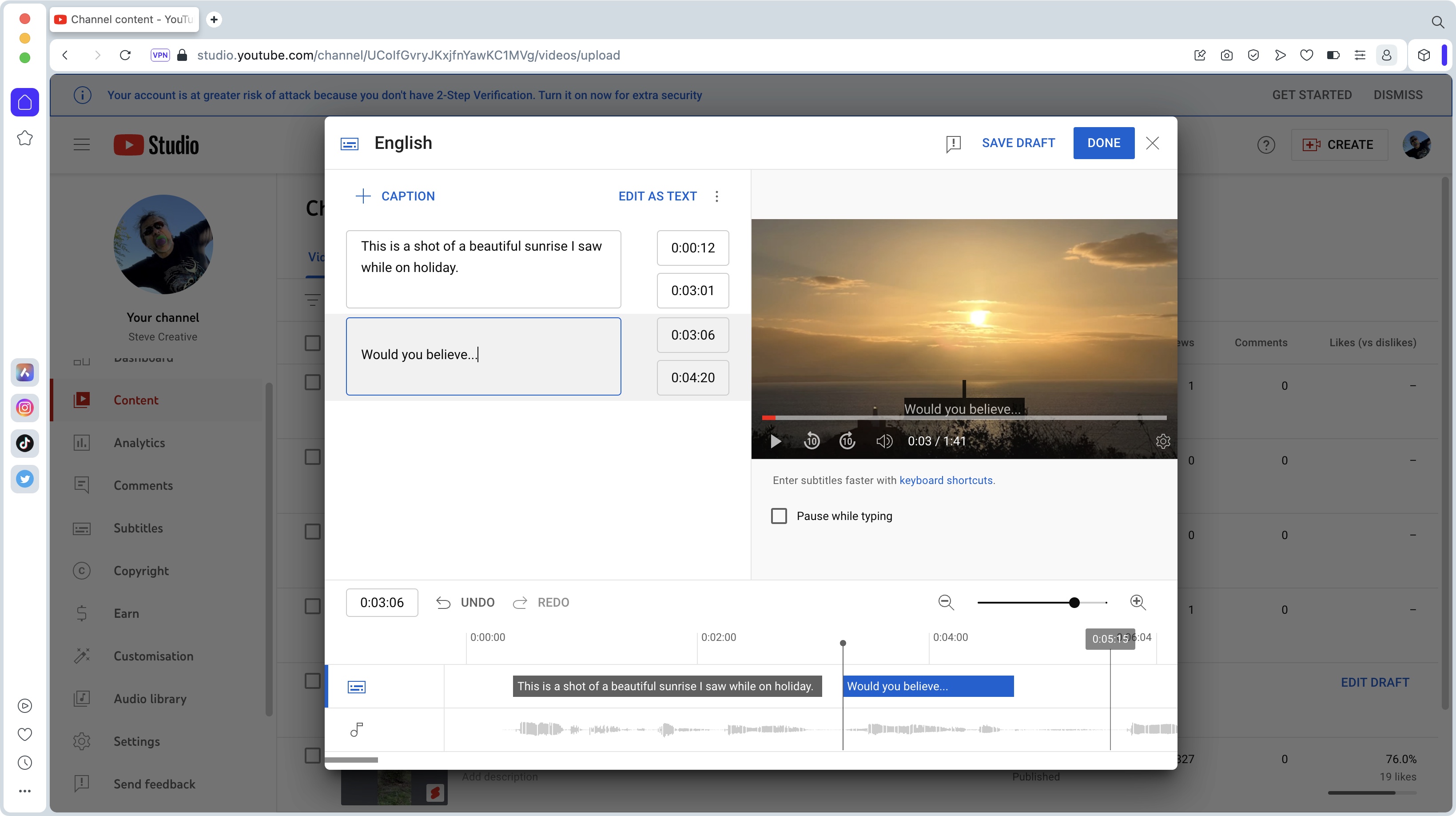
The information you add to your video can be crucially important. For instance, anything you put in the description can be used by search engines to help people find your work. So make sure you add the right keywords that will attract the right people. Don’t forget to add hashtags which can be most useful in searches.
Organising videos into playlists is important too. Not only will it help visitors to your channel find videos on a similar subject more easily, but playlists appear in search results, giving your videos a chance to appear twice for the same query.
One feature most people don’t appear to take advantage of is adding subtitles to your videos. Yes, of course, there’s an automatic caption feature, but have you genuinely tried it? It could certainly be better. One way to help it, if you work off of a script, is to feed the text into the right section. YouTube will automatically break it down for you and apply the right segment at the right time. Unlike the automatic subtitling feature, this one is easier of the AI to analyse, and it gets it right most of the time.
Step 5: Scrap the Calls to Action?

We might be bucking the trend, but calls to action might not be the best thing for your channel. Liking and commenting (more on that later) can help show interaction and activity with your videos, but asking viewers to “comment, like and subscribe”, might well be counterproductive. For one thing, if you ask someone to do three things in quick succession, chances are, they won’t do any of them. Let them like, comment and subscribe if they want to. After all, we all know the game by now, right?
Also, and perhaps more importantly, if a viewer feels compelled to subscribe through such a call but ends up not watching any other of your videos, the mighty algorithm might see this as a sign your videos aren’t to your subscribers’ liking , reducing their appeal, and as a result the algorithm will showcase them to fewer people.
Maybe try not asking people to blindly “hit that subscribe button, and smash that notification bell”, but trust that you’re attracting an intelligent audience who will do so of their own volition.
Step 6: Communicate with your audience
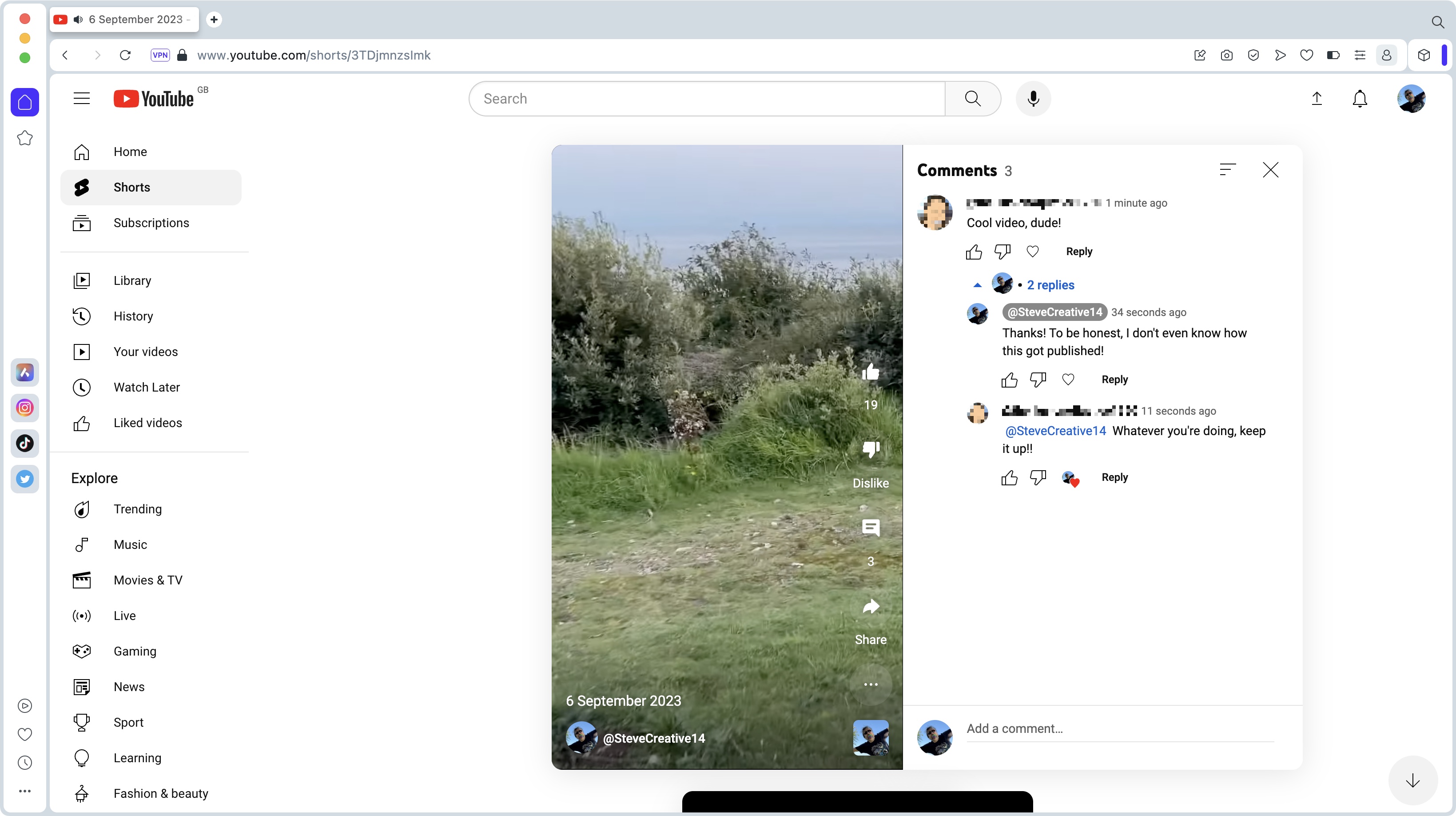
We see many new channels who seem to be afraid of their viewers. Here you have someone who took time out of their busy lives to check your video out, and not only that, but they actually typed something in the comments section. Don’t ignore that.
The obvious thing to do is respond. Your next life-long viewer and devoted fan might be just an unanswered comment away, and you interacting with them may well just strengthen that bond. Not only that, but they’re also more likely to recommend your channel to their friends, creating a growing community in the process.
Yes it can be time consuming, but when you’re starting out is just the perfect time when such an investment is not only crucial, but also eminently possible. Respond politely and constructively, have fun, and hopefully, watch your audience grow as a result.
Step 7: Cross-promotion
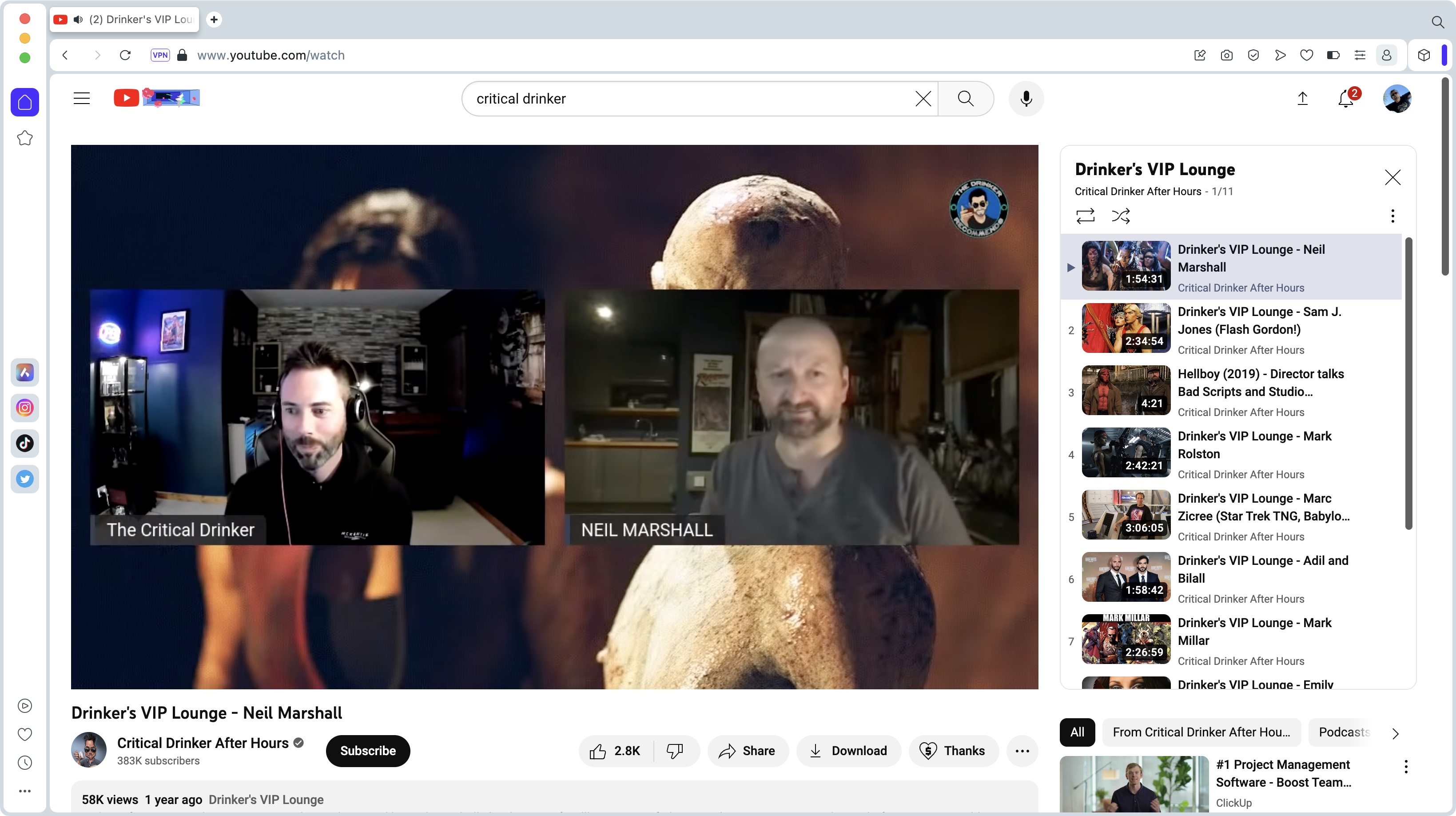
Working on your own might be fun - after all, you get to control everything. Everything! From the idea, to the script, to the shooting, to the editing, to the special effects, to the marketing… you get the idea. And although it can work for some - who haven’t collapsed under the constant threat of burnout - you can actually go a lot further when multiple people are sharing the load, and sharing their subscribers.
That’s the idea behind cross promotions: you appear in someone’s video, they appear in yours, and all of a sudden, if you’ve chosen the right partner, both of your communities are merging. The same can apply when you guest on a stream.
Whichever route you choose, you should get more views and subscribers as a result, and if this works, you can repeat the process with the same partner, or with others. This has the potential of making you grow much faster as a result, while helping establish yourself as the expert in your field.
Final thoughts
These handful of tips and tricks may well help you be more focussed, and increase your chances of finding and growing your audience. But at the end of the day, every channel is different.
We’ve seen channels with only a handful of videos explode, while others with hundreds, just languish, even though they appear to be doing everything right, because, truth be told, you might also need a little bit of luck to make it. Without a firm grounding, luck can only get you so far.
If you want to be here for the long run, start with good practises, and if you're starting to get serious about your channel's content, check out the best video editing PCs (or best video editing laptops if you like to work on the go) as well as the best YouTube cameras. Good luck!
Steve has been writing about technology since 2003. Starting with Digital Creative Arts, he's since added his tech expertise at titles such as iCreate, MacFormat, MacWorld, MacLife, and TechRadar. His focus is on the creative arts, like website builders, image manipulation, and filmmaking software, but he hasn’t shied away from more business-oriented software either. He uses many of the apps he writes about in his personal and professional life. Steve loves how computers have enabled everyone to delve into creative possibilities, and is always delighted to share his knowledge, expertise, and experience with readers.
